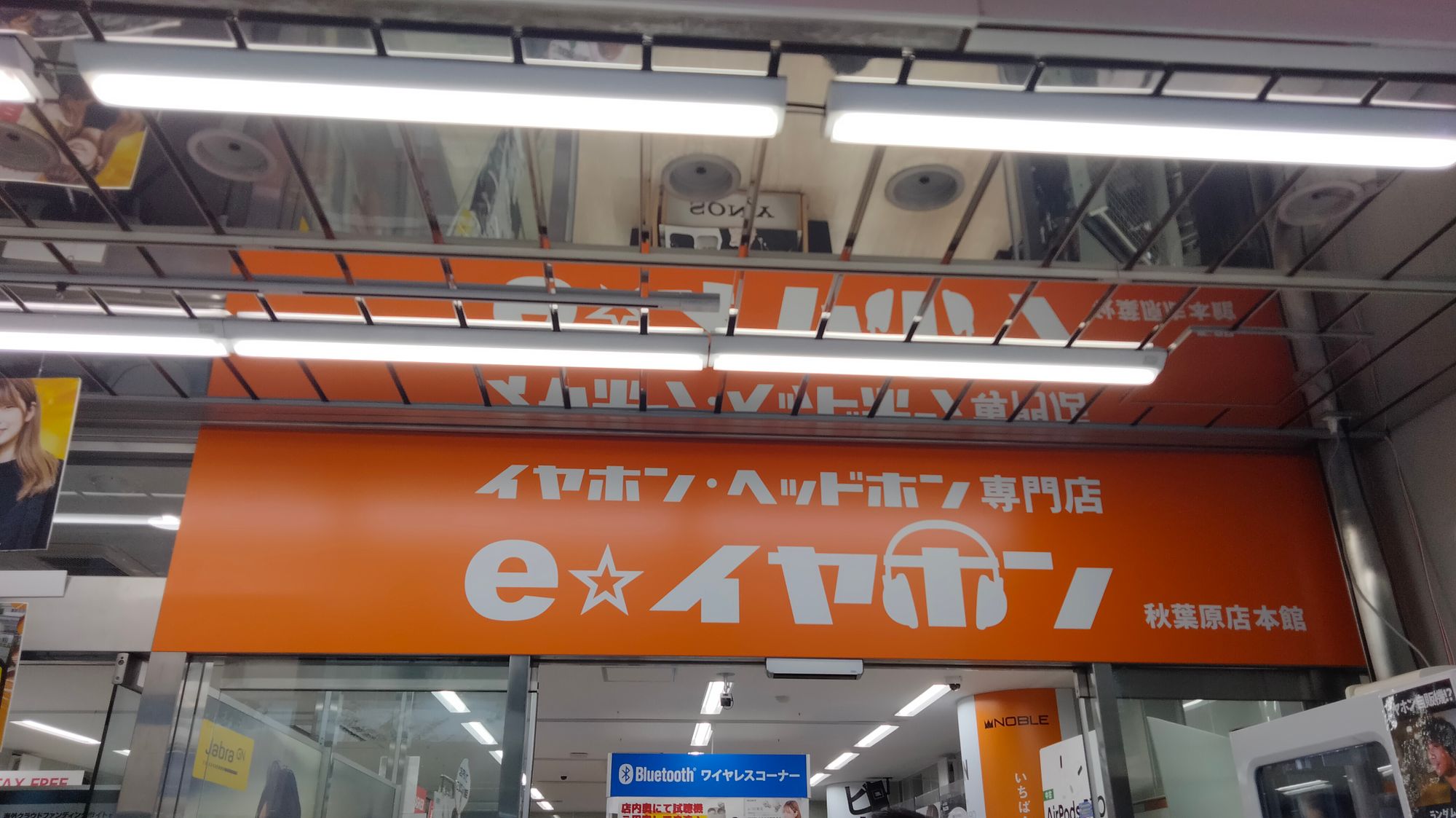It's been a while since I write this type of article. Though thanks to the Sony WF-1000XM4 review (and the fact that I just finished my mid-term exam). I decided to go ham and spend as much of my soul allowed into trying some notable IEM on my log at E-Earphone for several days. Oh, and have I mentioned that they have moved to a new building since April?
Nothing much to say here, let's get into it.
